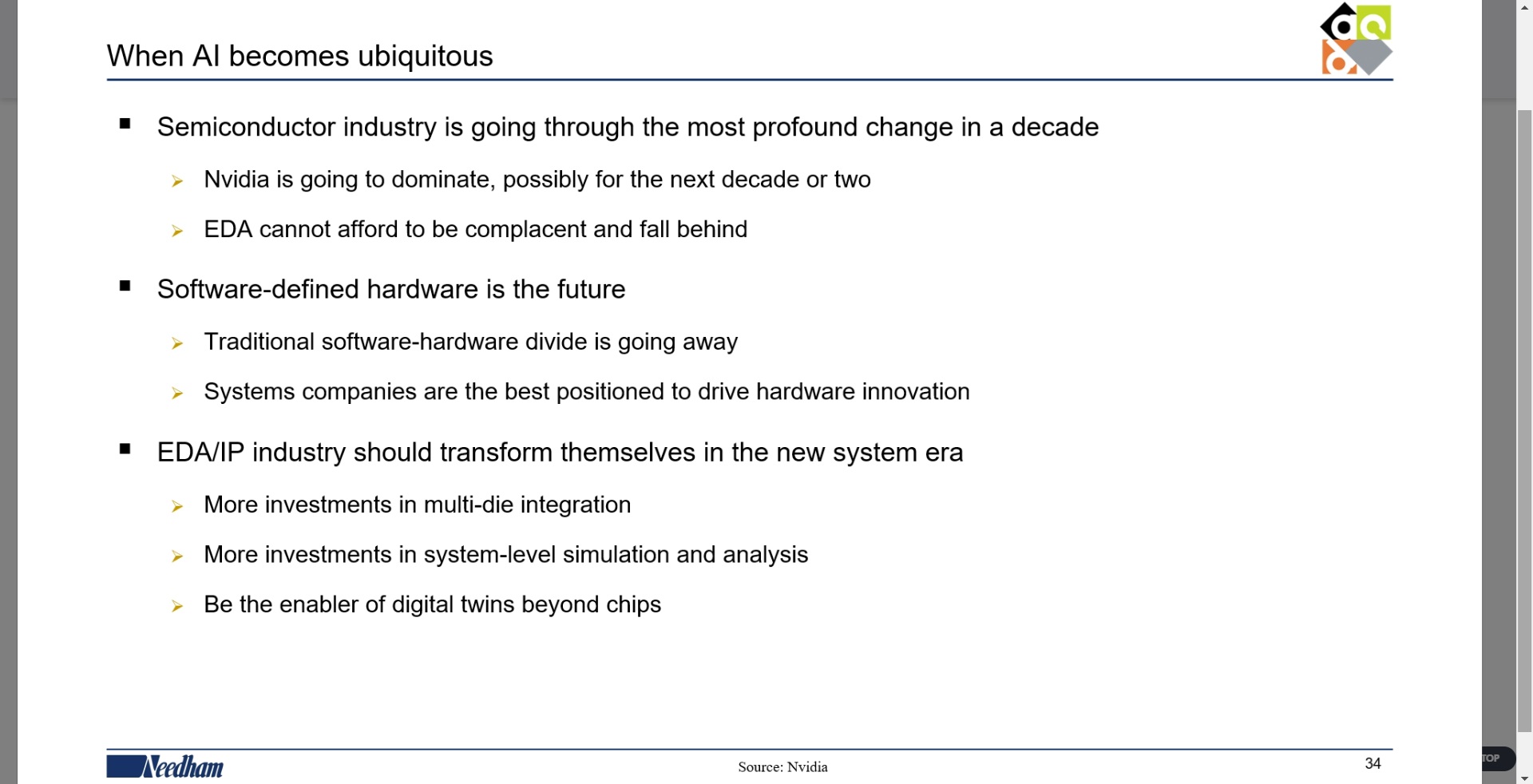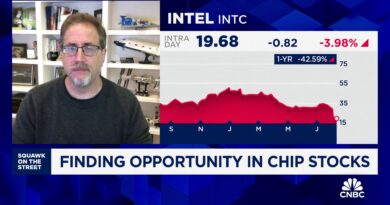Trải nghiệm của tôi #61DAC

The theme of this year’s DAC was Chips to Systems which is a full circle type of thing since systems companies used to make their own chips. Old school computer companies were the biggest chip makers when I started in the semiconductor industry. IDMs like Motorola and Intel replaced them at the chip level. Shortly after I joined the industry a start-up company (Sun Microsystems) put HPC on our desktops with the slogan “The Network is the Computer” and changed computing forever.
Following Apple, other systems companies took control of their silicon with the likes of Tesla, Google, Amazon, Microsoft, and many others who make chips for internal use only. More than half of the traffic on SemiWiki is now from systems companies which is a big shift to the left.
So, Chips to Systems is a good DAC theme for sure but AI was the most referred to acronym at the conference. We do love our acronyms, absolutely.
I don’t know the official attendance numbers but I would bet #61DAC traffic was much higher than last year. However, given that we’ve had 21 consecutive quarters of positive growth for total EDA revenue, you would think DAC attendance would be much higher. If DAC was held at the San Jose Convention Center, which it never has been, I would expect the attendance numbers to double, my opinion.
There was certainly a different mix of companies on the exhibit floor. Some of the large EDA companies are less supportive of DAC but many new companies have replaced them which is a very good thing.
The big take-away from DAC for me this year is the depth of experience inside the ecosystem. I asked just about everyone I spoke with when their fist DAC was thinking I would win since mine was 1984 in Albuquerque NM. The winner was 1978 back in the RCA electronics days before there were exhibits.
DAC opened with the usual Sunday night networking party and the opening keynote from Charles Shi from Needham. Charles is the best qualified analyst I know. He has a Ph.D. in Material Science plus an MBA from UC Berkeley and he spent 5 years at Applied Materials before switching sides to analyst. Charles is very approachable and EDA is VERY lucky to have him. I would suggest to the DAC Committee that Charles speak first thing Monday morning in the DAC Pavilion for all to see.
![]()
Charles rightly pointed out that Nvidia really is the only company that has cashed in on the AI surge thus far which echo’s one of my concerns that the AI infrastructure spend is by far outrunning actual AI profits. This points to a bubble. If so, I just hope we prepare and have a soft landing.

Charles is right, the semiconductor industry is transforming once again, going back to where it all started. TSMC helped enable this systems company shift by integrating packaging into the foundry business and now Intel and Samsung are following suit. The interesting thing about Samsung is that they are a systems company. In fact, Samsung is one of the largest and most experienced electronic systems companies in the world. Intel has already laid claim to being a “Systems Foundry” so that is a lost opportunity for Samsung.
The foundry landscape certainly has changed since Intel re-entered the market. Samsung is now between two very big dogs eating out of the same bowl. Just like EDA back in the day. TSMC is the trusted foundry with the massive ecosystem of customers, partners, and suppliers. Intel is the Systems Foundry which is explained in our next blog: Intel’s Gary Patton Shows the Way to a Systems Foundry. Gary started at IBM in 1986 after completing his Ph.D. at Stanford. As I said, the depth of experience at DAC is amazing.
As I mentioned previously, I moderated a DAC panel on 3D IC. One of the panelists was Rob Aitken (Ph.D. from McGill University). Today Rob is Program Manager, National Advanced Packaging Manufacturing for the U.S. Department of Commerce (CHIPs Act). Previously he was at Synopsys and ARM. I first met Rob at Artisan 20 years ago, before the Arm acquisition, and many times after that. Rob’s special talent is explaining the most complex technologies in ways that even I can understand. On the panel he reduced the complexities of 3D IC down to making a sandwich…
Our #61DAC coverage will continue through this month so stay tuned…
Also Read:
Solido Siemens and the University of Saskatchewan
Career in EDA Versus Chip Design: Solving the Dilemma
Share this post via:

